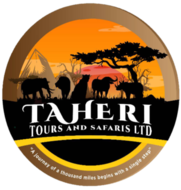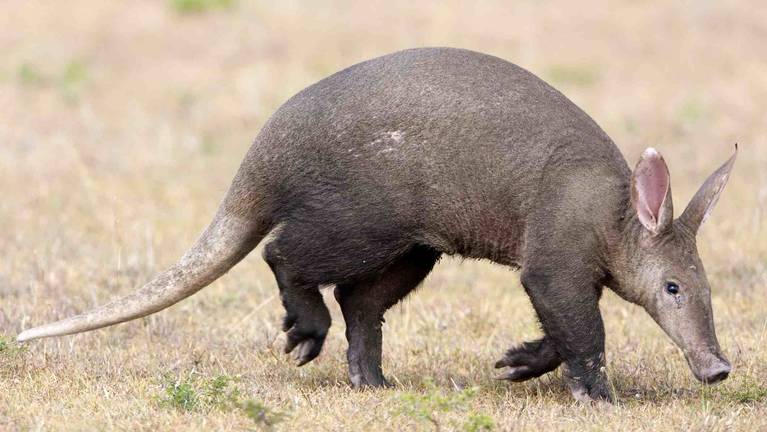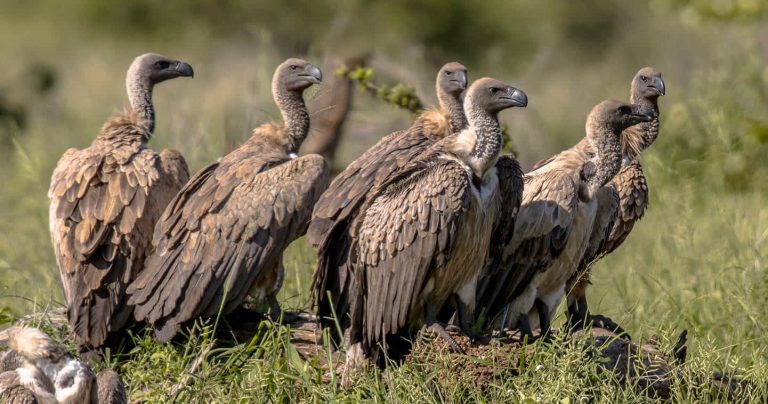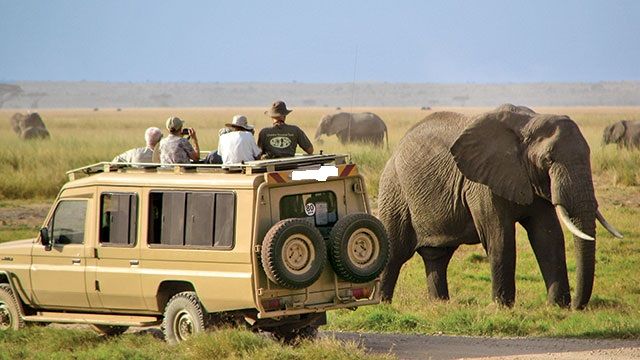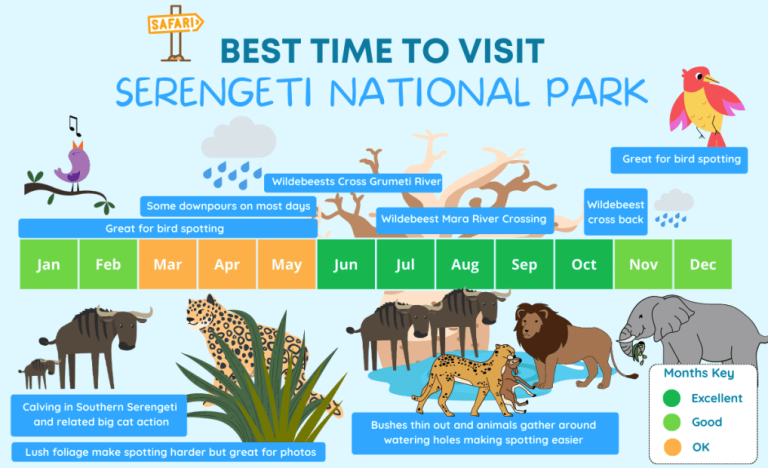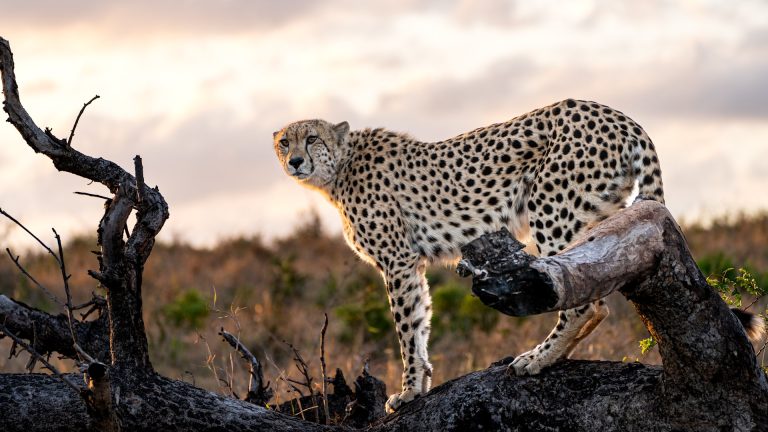When people think of the Serengeti, they often picture vast golden plains teeming with lions, elephants, and migrating wildebeest. But beneath the sun-drenched savanna lies an unseen world of remarkable creatures that thrive in the dark, hidden depths of the earth. The underground realm of the Serengeti is home to some of the most fascinating, yet often overlooked, animals—creatures that have adapted to a life of digging, burrowing, and living in complex tunnel systems.
This blog delves into the secretive lives of the Serengeti’s burrowing animals, focusing on lesser-known inhabitants like aardvarks, porcupines, and mole rats—species that play a crucial role in maintaining the ecosystem.
1. The Aardvark: The Nighttime Excavator
With its long snout, powerful claws, and insatiable appetite for ants and termites, the aardvark (Orycteropus afer) is one of the most enigmatic nocturnal creatures of the Serengeti. Often called the “earth pig” due to its pig-like snout, the aardvark is a master digger, capable of burrowing into the ground within minutes to escape predators or find shelter from the scorching sun.
Key Facts About Aardvarks:
- They use their powerful front claws to dig burrows up to 10 meters (33 feet) long.
- Aardvarks have an exceptional sense of smell to locate termite mounds, which they break open using their sharp claws and consume with their long, sticky tongues.
- Their burrows provide shelter for other animals, including warthogs, snakes, and small carnivores like jackals.
- Despite their critical role in the ecosystem, aardvarks are rarely seen due to their nocturnal habits.
Best Chance to See One: Aardvarks are most commonly spotted on night safaris in the Serengeti, particularly in open grasslands and woodland edges where termite mounds are abundant.
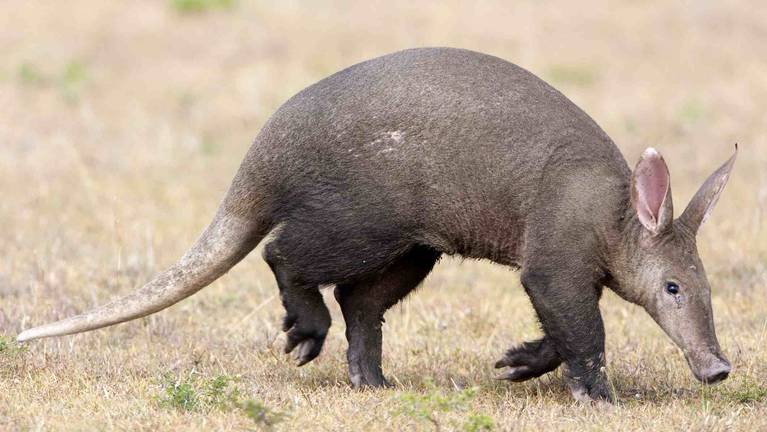
2. The Porcupine: The Armored Burrower
The African crested porcupine (Hystrix cristata) is another remarkable underground dweller of the Serengeti. While most people recognize porcupines for their sharp quills, few realize that these animals are skilled diggers that create extensive burrows to shelter from predators and extreme temperatures.
Key Facts About Porcupines:
- They can grow up to 60 cm (24 inches) long and weigh as much as 15 kg (33 lbs).
- Their quills, which can be up to 30 cm (12 inches) long, serve as a defense mechanism against predators like leopards and hyenas.
- Porcupines dig extensive burrow systems, which they sometimes share with other animals, including hares and monitor lizards.
- Unlike many nocturnal creatures, porcupines are highly vocal, making a range of sounds from growls to grunts.
Best Chance to See One: Porcupines are often encountered on night drives near rocky outcrops or dense bushlands, where they forage for roots, bark, and fruits.
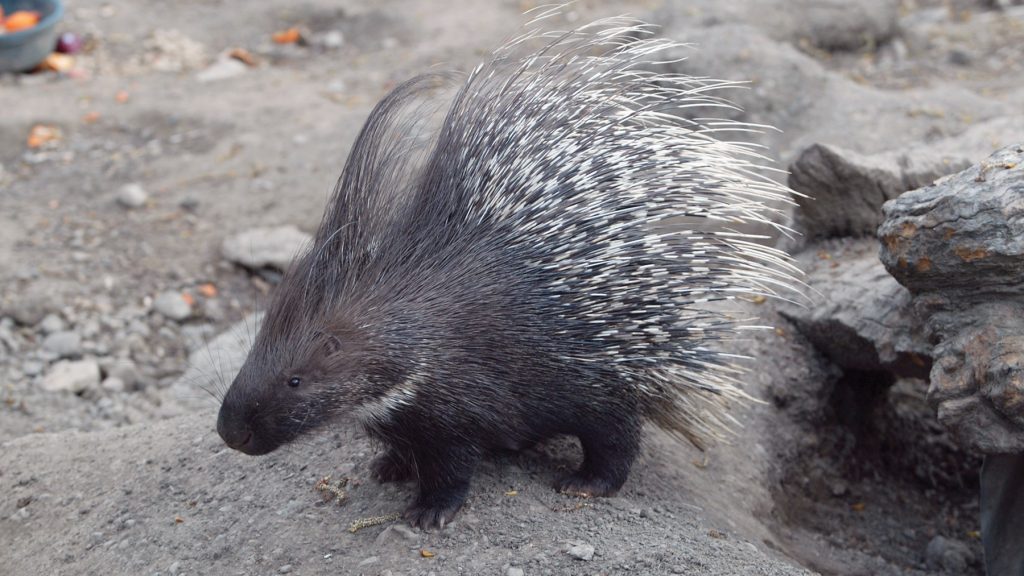
3. The Naked Mole Rat: The Social Architect
Perhaps the strangest of all burrowing animals in the Serengeti is the naked mole rat (Heterocephalus glaber). These hairless, nearly blind rodents live in underground colonies resembling ant societies, complete with a queen, worker caste, and tunnel-digging specialists.
Key Facts About Naked Mole Rats:
- They live in colonies of up to 300 individuals, led by a dominant female known as the queen.
- Their teeth grow externally, meaning they can dig without getting dirt in their mouths.
- They are one of the few known mammals that are eusocial, meaning they have a caste system similar to ants or bees.
- Naked mole rats are nearly immune to cancer and can survive without oxygen for extended periods.
Best Chance to See One: Naked mole rats are incredibly elusive due to their underground lifestyle, but researchers have observed them in the central and eastern Serengeti, where sandy soil allows easier burrowing.
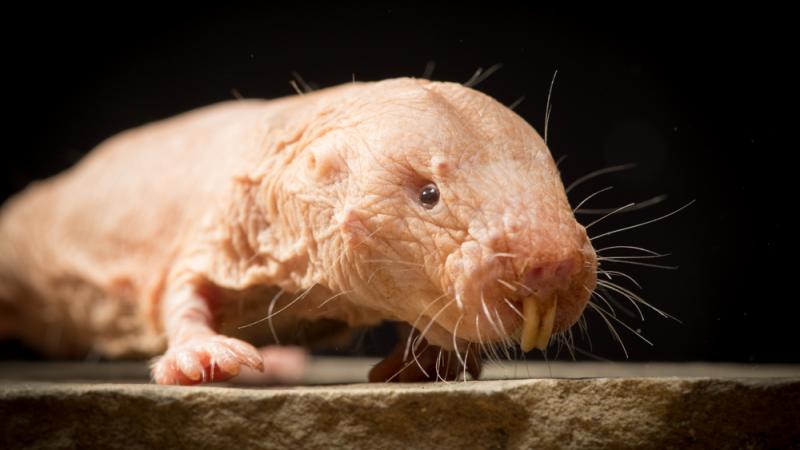
4. The Role of Burrowing Animals in the Serengeti Ecosystem
Though often overlooked, burrowing animals play a vital role in the Serengeti ecosystem. Their activities contribute to:
- Soil Aeration: By digging tunnels, these animals help mix soil layers, improving its fertility and allowing plants to grow more efficiently.
- Predator-Prey Dynamics: Many predators, including servals, jackals, and honey badgers, rely on burrowing animals as a food source.
- Habitat Creation: Abandoned burrows provide refuge for countless other species, including owls, snakes, and small mammals.
5. How to Experience the Underground World of the Serengeti
If you’re eager to uncover the Serengeti’s hidden underground life, here are some tips:
- Join a Night Safari: Many burrowing animals, like aardvarks and porcupines, are primarily nocturnal.
- Visit During the Dry Season (June – October): With less dense vegetation, it’s easier to spot burrow entrances and catch glimpses of these elusive creatures.
- Look for Signs: Keep an eye out for freshly dug earth, termite mounds, and tracks near burrow entrances.
- Explore Woodlands and Grasslands: Certain regions, like Seronera Valley and Grumeti Reserve, are prime spots for encountering burrowing mammals.
Final Thoughts: A Hidden World Beneath Our Feet
The Serengeti is not just about the dramatic chases of lions or the thunderous movement of wildebeest herds—it is also a land of hidden wonders. Beneath the surface, a network of tunnels and burrows provides refuge, sustenance, and life to some of the most unusual and fascinating creatures on the planet.
For those who seek to truly understand the Serengeti, exploring its underground inhabitants offers a fresh perspective on the delicate balance of this ecosystem. So next time you find yourself on safari, take a moment to look beyond the obvious—because the real magic of the Serengeti may just be hiding beneath your feet.
Are you intrigued by the hidden lives of burrowing animals? Share your thoughts and experiences in the comments below! 🦔🌍
